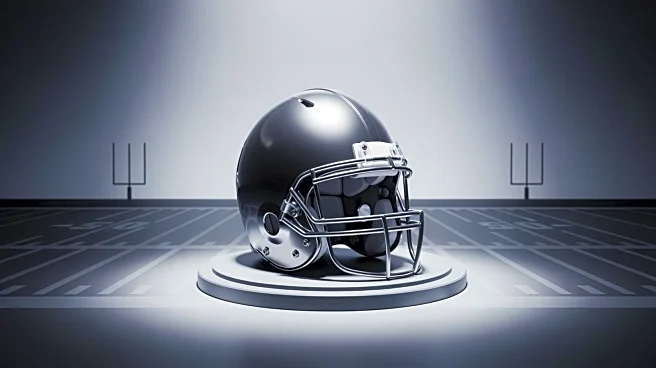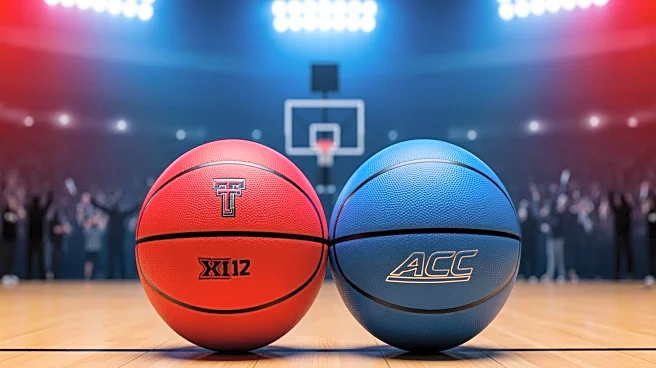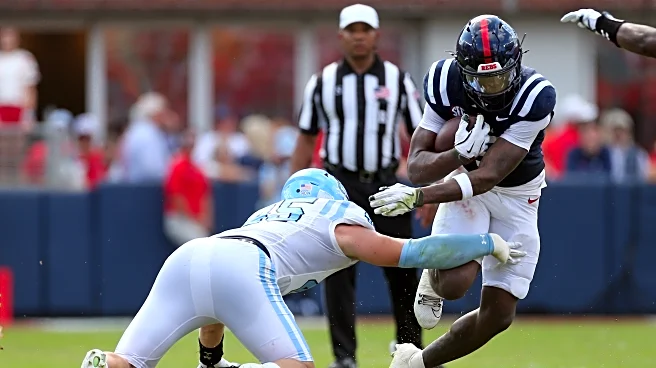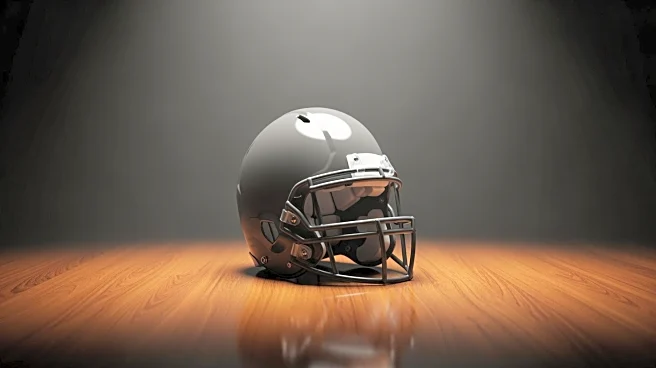College sports, especially football, are beloved by its fans. However, most of those fans will also admit that college sports are a mess. Scandals and cheating have been going on for decades, but it’s
only increased in recent years. With the introduction of NIL, the rampant use of the transfer portal, and the ongoing conference realignment, college football appears more broken than ever.
Through it all, the NCAA is still the governing body of college sports. The NCAA continues to exist despite the fact that it’s become weaker with each passing season. In fact, in many ways, they are the scapegoats or fall guys to take the heat off the school presidents and league commissioners while they attempt to shape college sports to their liking.
In the public eye, the NCAA has long been seen as a joke among college football fans. Their rules and laws are often outdated, and their punishments are frequently inconsistent and tend to come down harder on non-blue-bloods. Also, their solutions tend to be minimal, slow, and create as many new problems as they solve.
Recently, the NCAA has faced several significant decisions that have challenged its long-held stance on defining college athletes as amateurs. And in every case, the NCAA has announced the same outcome. They will ignore an issue long enough for things to get so out of hand, and are content with the issue playing out however it will. At that point, they are forced to officially allow what has already been happening to continue, regardless of its effectiveness.
Players transferring
It seems like forever ago, back before 2018, there was a rise in college athletes bypassing the rule of sitting out for a season when transferring. It largely seemed to depend on how good one’s lawyer could argue that sitting out was unfair and resulted in inconsistent rulings on who was sitting out and who wasn’t.
The NCAA attempted to solve this by coming up with a one-time transfer rule, allowing every player the ability to transfer to a new school once while being immediately eligible. By instituting what amounts to a muliigan, players could find a new home if they weren’t playing, or if a coach left and they needed a change of scenery.
Except that didn’t last long. The high-profile players who had lawyers arguing for them in court didn’t stop at one transfer if they didn’t want to. Since the NCAA’s record in court is worse than FCS teams against SEC teams, the one-time transfer ruling quickly turned into unlimited transfers, creating de facto free agency in college sports. However, it’s free agency where every player is on a one-year contract; contracts don’t hold much power to keep someone from transferring again before the season even starts. And other guardrail measures, like the transfer portal window, have not proven to be enforced, as players will announce their intent to transfer at any point during the season.
By choosing to allow transfers that were already taking place, it increased the amount of transfers rather than containing the transfer process.
Players getting paid
All fans of college football are familiar with the bag man and impermissible benefits to players. It’s been rampant for years, at least in some school circles, despite being illegal.
Then, NIL, or Name, Image, and Likeness bills came along, creating a workaround for athletes to make money off their brand while still not being paid for their performance. More states began to pass this legislation, forcing the NCAA’s hand to redefine amateurism just enough to make room for NIL payments.
NIL seemed like a good idea in theory, as players would be paid over the table rather than under it. But once a cheater, always a cheater, and it took no time at all for schools to funnel large amounts of money through NIL to convince players to transfer to their school with little to no actual NIL deals (ex. commercials, sponsorships) being done by players.
Due to the NCAA’s adamant stance on players not being paid, while college football itself generates billions and coaching salaries skyrocket, NIL was born. Coupled with the transfer portal, it immediately spiraled out of control. Even with revenue sharing entering the scene this season, if NIL is here to stay, then so are illegal payments, thanks to the NCAA’s reluctance to pay players through mechanisms like collective bargaining.
Players gambling
Most recently, as online gambling continues to spread all over the country, placing sports bets has never been easier or more accessible to all. In the world of college sports, this has led to college players being investigated for placing bets or, in some cases, being actively involved in a betting scandal where they were conspiring to impact the outcome of their own games to influence betting outcomes.
And how is the NCAA choosing to attempt to solve this growing issue? By implementing the one trick they seem to come up with.
(Note: Currently, this has been delayed until November 22nd)
As it has done with every other significant decision it’s faced, the NCAA has once again decided that allowing something to occur is the best course of action.
Note that this is not a dive into whether allowing athletes to gamble on sports should be permitted. It seems reasonable to say athletes should be allowed to place bets on any sport they do not play in, but that is outside the scope of this post. Instead, it’s a critique of the pattern the NCAA has established by having one button they continue to press when forced to act on a decision that alters the sport.
Rather than facing a problem or change head-on with creativity and common sense, the governing body of college sports appears to favor ignoring the issue, hoping it will go away or take care of itself. Imagine if they implemented hard, but fair rules for players transferring to other schools. Think about a world where players were paid around the turn of the century through conventional revenue sharing instead of the anarchy that NIL has become. And currently, what if the NCAA had released a detailed plan for sports betting a few years ago, rather than issuing a ruling after partnering with sports betting sites?
All of this is the predictable outcome for a governing body that chooses to be constantly reactive instead of proactive. By ignoring issues or refusing to create change until the situation is fully formed enough that the decision has already made itself, the NCAA’s rulings are more of an acknowledgment of how changes have made themselves than actual decrees. When they operate like this, it’s no surprise their only move is to rubber-stamp what is already happening, as opposed to being innovative. Because of that, we already know the solution to the next problem without even knowing what the problem is.












